What is the visual element of form in art?
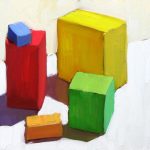
Form is one of the 7 basic elements of art. As a visual element, form in art shows something that is three dimensional and encloses volume, and has length, width, and height. It is how artists create a realistic painting. This is in contrast to shape in art, which is two dimensional, or flat.
Why do I need to understand how to represent form in art?
The world we live in is made up almost entirely of forms. Artists who have a strong understanding of form in art know how to create the illusion of form in drawings and paintings. The best representation of the form is found in sculpture and architecture, but in recent centuries artists learned how to recreate three-dimensional form on a two-dimensional canvas or paper. Form is used to describe the physical nature of the subject, such as a building, a face, or an apple.
What is the history of form in art?
The origin of the word come from Old French “forme” or “fourme” which means “physical form, appearance; pleasing looks, image”.
In the history of art, form is closely connected to beauty, this can be seen by how the term was used in antiquity, specifically in the ancient Greek language. The word “morph” is translated as “form” and the closest variant of it was “omorpho” that is translated to “beautiful”. So historically, the beauty of any artistic work was based on its form.
In art, all forms are either geometric or organic.
What is geometric form in art?
Geometric forms are regular mathematical objects, for example cubes, pyramids, and spheres. Geometric forms appear man made and suggest something regular, solid, balanced and permanent.
A good example is the pyramid. It is a perfect mathematical object and not something that has grown naturally. However we find it in our world as a man-made object, which can be represented in painting, sculpture and architecture. Geometric forms are most often found in architecture, although you can also find them in the spheres of planets and bubbles, or even in the crystalline pattern of snowflakes.
Below are some examples of geometric forms in art.
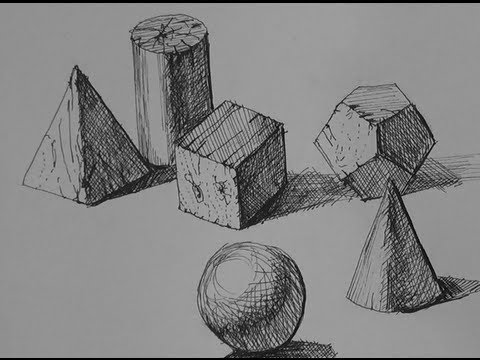
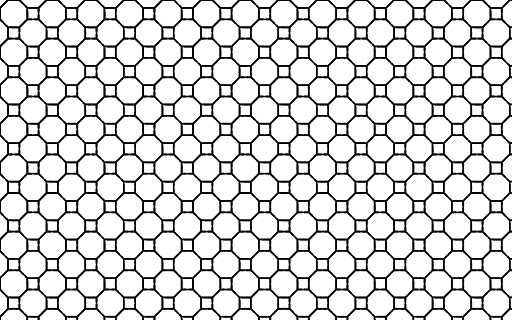
What is organic form in art?
On the other hand, organic forms are natural and don’t have a regular shape. Sometimes, organic forms in art may seem flowing and unpredictable.
The most obvious example of organic forms is realistic representations of the natural world or living things, for example, humans, animals, nature, landscapes, etc.
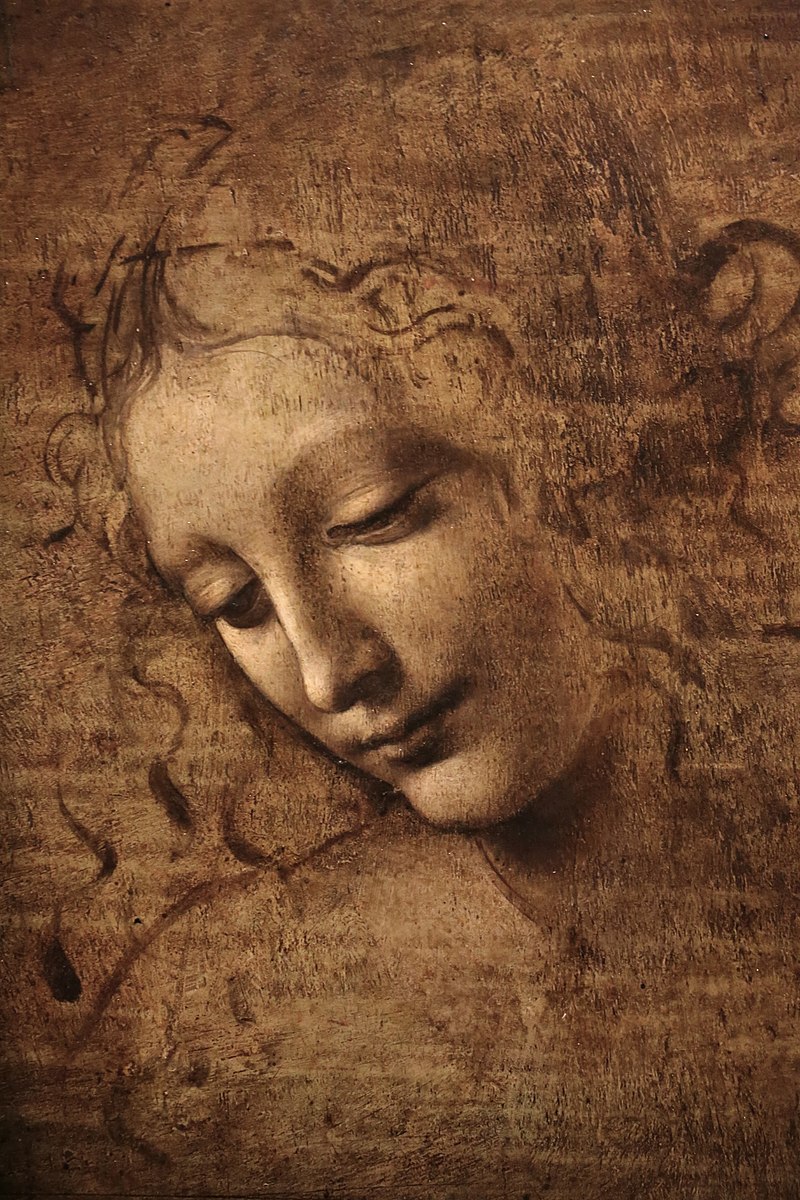
Is it okay to use both geometric and organic form in art?
Most artworks are based on organic forms, or even mixed together with geometric forms, to represent an object. For example, organic shapes such as trees can be broken down into cylinders and cones, and then made more organic with the addition of defining features.
The history of art shows the development of different techniques through time. Over the past centuries, abstract art created the perfect environment where two categories of forms are mixed together. This way of creating art is very unique and we can see it in the example below.

Does form in art have mass?
Form in art can also have mass. The mass of a form is result of its size and the material it is made from. The greater the mass the heavier a form appears to the eyes of people who look the artwork.
Historically, painting was centered to two dimensional art, without any real form. Artists realized that by adding light and contrast, which are essential for creating three dimensional objects, they could achieve more realistic paintings. Form in art became an illusion of real life objects, represented by the use of contrasts and light.
Sculpture has all the necessary elements to fully represent form and mass in its “real” sense since a sculpture itself is a three-dimensional object.
Three exercises for you to practice using form in art
1. Draw some geometric forms
Before you begin to paint forms, you have to understand how to capture them in black and white. Gather some drawing paper and a variety of different sized pencils or charcoal, and practice drawing different geometric shapes in different lighting conditions.
- Get some children’s building blocks, such as cubes, spheres, cones, and cylinders. It is best if they have a single color on all sides, or are made of plain wood.
- Arrange a shape in front of you so you are looking at it from slightly above, so you can see as many sides as possible.
- Use an angle lamp to shine light from the left so you can clearly see light and shade on the object.
Once you have your value scale, find some black and white images and use your five value tool to determine which values there are on the image.
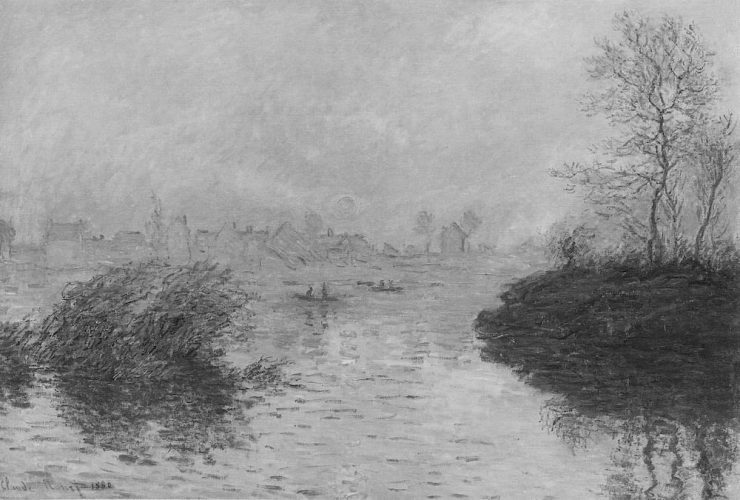
Tusen takk for at du/dere deler forståelsen om emnene dere legger inn her.